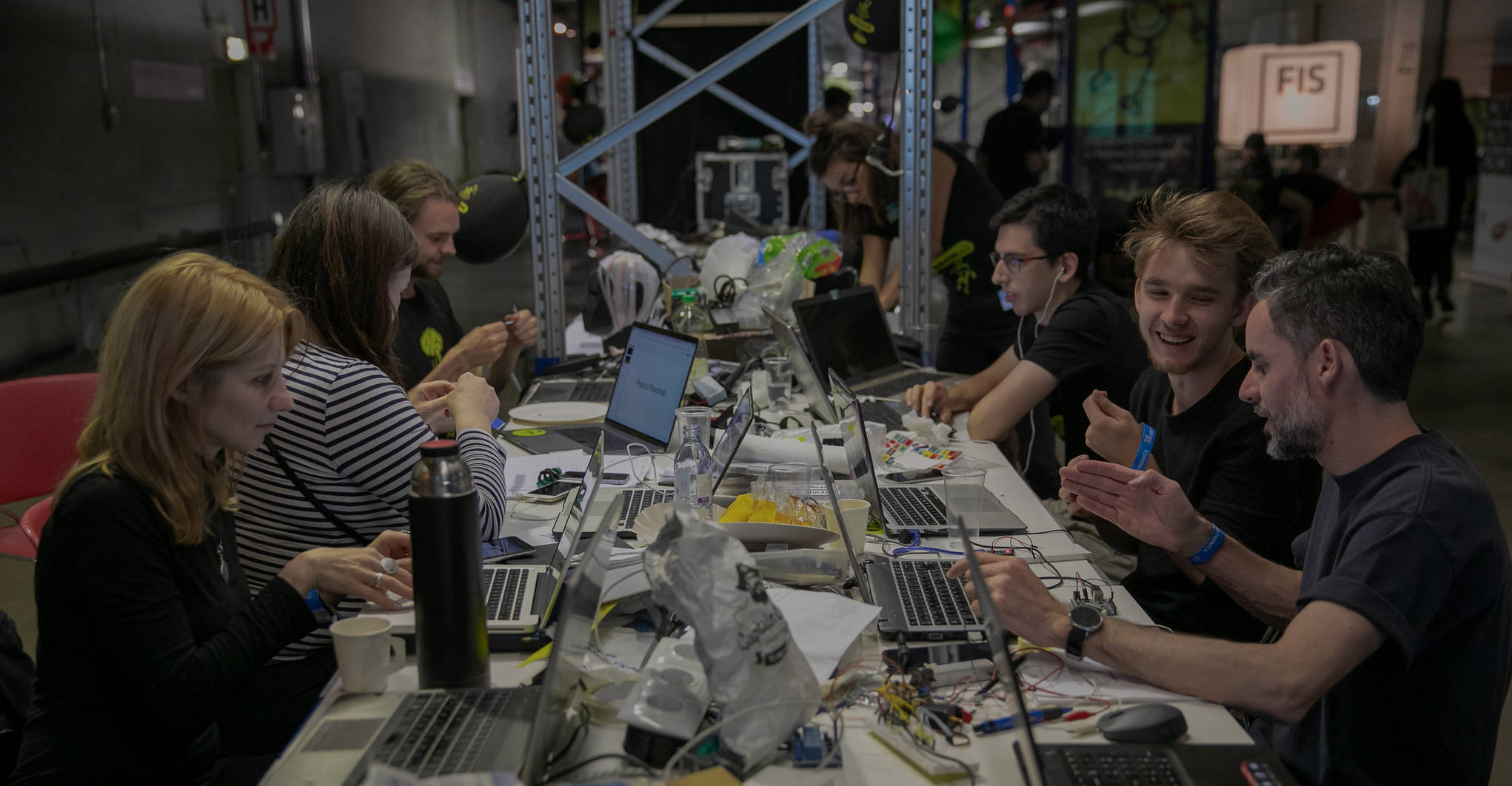
BR41N.IO DESIGNERS’ HACKATHON AT
ARS ELECTRONICA 2019
BR41N.IO is a brainstorming and collaborative marathon designed to be a learning experience for developers, technologists, engineers, students, artists, and scientists who cram and build brain-computer interface (BCI) applications together in teams. By putting creative minds from multiple disciplines together for a short period of time, BCI-related applications not readily thought of can be discovered and uncovered.
There are several predefined projects at the BR41N.IO Designers' Hackathon, which the participants can choose to work on. Below, the projects are described in detail including hard- and software specifications as well as the number of possible participants for each project. The Unicorn Brain Interface and the Unicorn Suite application are mostly used to realize BR41N.IO projects. However, additional software should already be installed on your personal laptop before you come to the hackathon.
Who can participate?
Anyone can participate who has interests in BMI, BCI, robotics, AR, VR, machine learning, computing, sensors, human-machine interface systems, control, signal processing, big data, haptics, rehabilitation, and similar areas. Participants do not have to be a BMI expert to participate on a team! Interdisciplinary teams with a combination of BMI and non-BMI skills are often successful in building solutions and producing working prototypes.
Can I submit a different project?
Professional teams can also participate to develop applications during the BR41N.IO Designers' Hackathon to demonstrate full potential of some of the sponsored hardware/software. If you are looking for team members, your project will be included among the BR41N.IO projects below where people can apply for it. Submit your project to contact@br41n.io.
What's in there for me?
Be creative, think outside the box. The BR41N.IO Designers' Hackathon is fun and gets you to network and collaborate with other Geeks. Hackathon participants will get a Festivalpass for free.
The best BR41N.IO projects will be awarded with cash prizes:
- 1st BR41N.IO Prize: $ 300
- 2nd BR41N.IO Prize: $ 200
- 3rd BR41N.IO Prize: $ 100
- BR41N.IO IEEE Brain Prize: $ 1,000
HACKATHON SCHEDULE
Saturday, September 7
| 10:00–10:30 | Welcome |
| 10:30–11:00 | Current and future applications of brain-computer interfaces Christoph Guger |
| 11:00–11:30 | How to run a real-time BCI application Christoph Guger |
| 11:30–12:00 | Unicorn Brain Interface Demonstration Christoph Guger |
| 12:00–13:00 | Group formation |
| 13:00 | START BR41N.IO |
Sunday, September 8
| 13:00 | END BR41N.IO |
| 13:00–15:00 | Project presentations |
| 15:00–15:30 | Meeting Hackathon Jury |
| 15:30–16:00 | BR41N.IO Award Ceremony Gerfried Stocker, Artistic Director of Ars Electronica |
HACKATHON JURY
PROGRAMMING PROJECTS
Unicorn Speller: Smart Home
The Unicorn Brain Interface comes with the Unicorn Speller application that is using P300 paradigm to control electronic devices such as lamps, radios or television. Watch the video Unicorn Speller Smart Home.
soft-/hardware: Unicorn Hybrid Black, Unicorn Speller, electronic devices
participants: 2 groups, 3-5 people per group
skills: basic programming skills (Matlab, Simulink)
Unity Rehab
Create a Unity based game that can be used for rehabilitation purposes.
soft-/hardware: Unicorn Hybrid Black, Unity
participants: 4 groups, 3-5 people per group
Skills: Basic programming skills (Matlab, Simulink), Basic graphics programming with Unity
Brain AI
This team investigates anxiety and fears from EEG of a person and programs an application that transfers brain signals to Virtual Reality in order to create or manipulate virtual spaces. Watch the video: Brain AI
soft-/hardware: Unicorn Hybrid Black
participants: 1 group, 3-5 people per group
skills: Basic programming skills (C#, Unity, Matlab, Simulink), VR
fNIRS and EEG Control
The team can use fNIRS (functional near-infrared spectroscopy) and EEG simultaneously to control BCI applications.
soft-/hardware: g.Nautilus fNIRS
participants: 1 group, 3-5 people per group
skills: Basic programming skills (Matlab, Simulink)
Gin Tonic Robot
How do you like your Gin Tonic: Hendrick's, Botanist or Edinburgh Gin? Rosemary, cucumber, lime or pepper? Think of a Gin Tonic cocktail and have a robot mix and pour it over ice for you. Cheers!
soft-/hardware: Unicorn Hybrid Black, Unicorn Suite
participants: 1 group, 3-5 people
skills: Basic programming skills (Matlab, Simulink, C#)
Sense & Stimulate the Brain
Stimulate the brain with tDCS to increase or mental performance and measure brain activity with EEG at the same time with the Unicorn Hybrid Black environment.
soft-/hardware specifications: Unicorn Hybrid Black, Unicorn Brain Stimulator
participants: 2 groups, 3-5 people per group
skills: Basic programming skills (Matlab, Simulink, C#)
Unity Games
Create your own Unity game that can be controlled with a brain-computer interface.
soft-/hardware: Unicorn Hybrid Black, Unicorn Suite, Unity
participants: 4 groups, 3-5 people per group
Skills: Basic programming skills (Matlab, Simulink), Basic graphics programming with Unity
Dream Painting
If you want to create a Dream Painting, you have to wear a Unicorn Brain Interface while you sleep. When you wake up, you are able to create a picture based on EEG signals.
soft-/hardware: Unicorn Hybrid Black, Unicorn Painting
participants: 2 groups, 3-5 people per group
skills: Basic programming skills (Matlab, Simulink)
ARTS PROJECTS
Unicorn Painting
Create images according to your brain activity that you measure with the Unicorn Brain Interface.
soft-/hardware: Unicorn Hybrid Black, Unicorn Painting
participants: 2 groups, 3-5 people per group
Design Unicorn Brain Interface with 3D Printers
Expand the Unicorn Brain Interface with your own 3D printed parts. Let them move, light, hold things or simply look nice. Watch the video 3D Headset Design.
soft-/hardware: Unicorn Hybrid Black, 3D printer, 3D freeware
participants: 2 groups, 3-5 people per group
Skills: Basic CAD
Design Unicorn Brain Interface with Sewing Machines
Give the Unicorn Brain Interface a new, fashionable look.
soft-/hardware: Unicorn Hybrid Black, sewing machines, fabrics and handicraft material
participants: 10 people
THAT WAS LINZ 2019. THANK YOU!
IEEE BRAIN WINNER
"Modular EEG for Unicorn"
The team created a 3D sculpture to fix EEG electrodes into a self made headset made with sewing machines.
Team members: Anna Kurzecka, JooYoung Oh, Carolin Vogler
1. PLACE WINNER
"Mindscapes"
The team used 8 EEG channels from the Unicorn to animate computer graphics and music .
Team members: Marcel Rose, Maximilian Kesslau, David Schwarzfeld, Katja Rempel
2. PLACE WINNER
"Brain AI"
The team used the Unicorn Hybrid Black to measure emotions and to create an interactive VR and video environment.
Team members: Dohee Jeon, Haly Dang, Uli Ap, Viktor Markstein, Negoita Adrian Vasile, Sibisanu Remus Constantin, Philip Popien, Anastasia Delidova
3. PLACE WINNER
"Auramaton"
The project realized a headset that is able to release scent according to brainwave activity.
Team member: Caroline McMillan
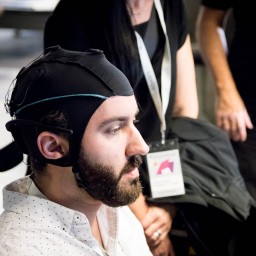 BR41N IO-Linz-2019-5
BR41N IO-Linz-2019-5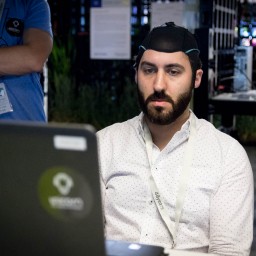 BR41N IO-Linz-2019-10
BR41N IO-Linz-2019-10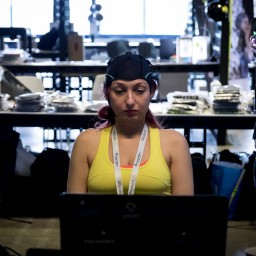 BR41N IO-Linz-2019-13
BR41N IO-Linz-2019-13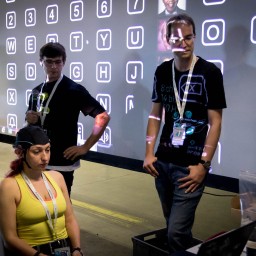 BR41N IO-Linz-2019-14
BR41N IO-Linz-2019-14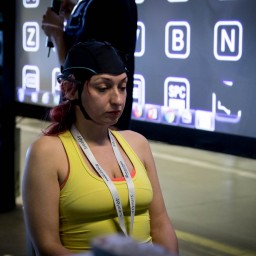 BR41N IO-Linz-2019-16
BR41N IO-Linz-2019-16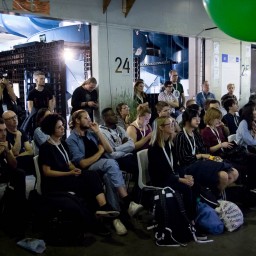 BR41N IO-Linz-2019-17
BR41N IO-Linz-2019-17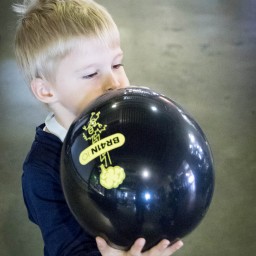 BR41N IO-Linz-2019-19
BR41N IO-Linz-2019-19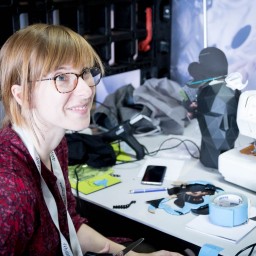 BR41N IO-Linz-2019-23
BR41N IO-Linz-2019-23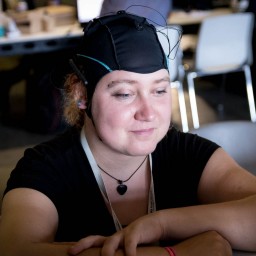 BR41N IO-Linz-2019-25
BR41N IO-Linz-2019-25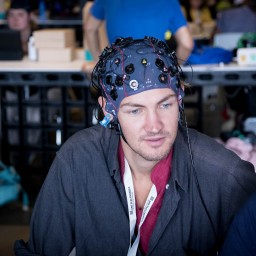 BR41N IO-Linz-2019-27
BR41N IO-Linz-2019-27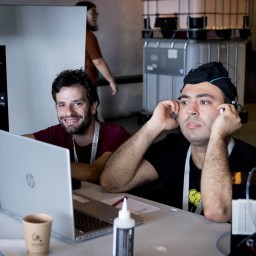 BR41N IO-Linz-2019-29
BR41N IO-Linz-2019-29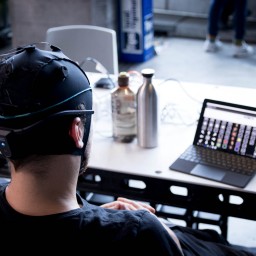 BR41N IO-Linz-2019-31
BR41N IO-Linz-2019-31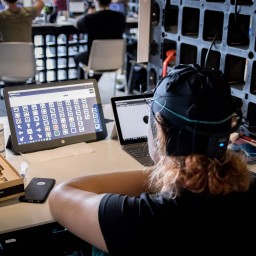 BR41N IO-Linz-2019-32
BR41N IO-Linz-2019-32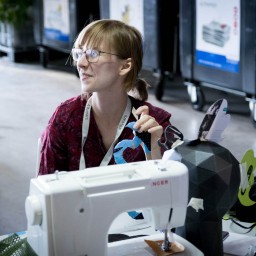 BR41N IO-Linz-2019-33
BR41N IO-Linz-2019-33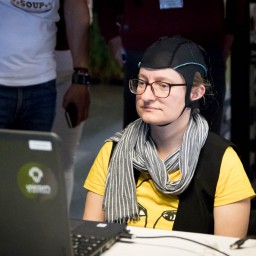 BR41N IO-Linz-2019-34
BR41N IO-Linz-2019-34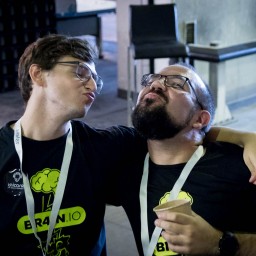 BR41N IO-Linz-2019-35
BR41N IO-Linz-2019-35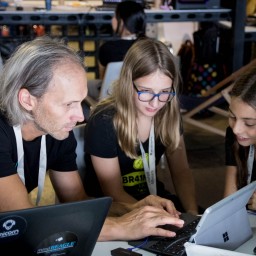 BR41N IO-Linz-2019-53
BR41N IO-Linz-2019-53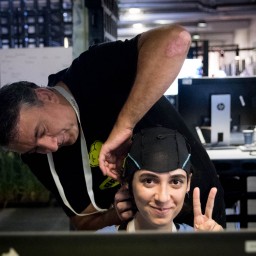 BR41N IO-Linz-2019-55
BR41N IO-Linz-2019-55 BR41N IO-Linz-2019-58
BR41N IO-Linz-2019-58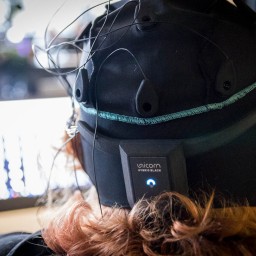 BR41N IO-Linz-2019-64
BR41N IO-Linz-2019-64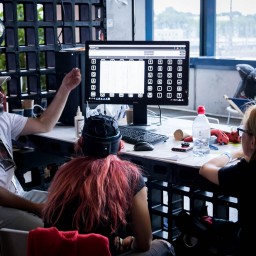 BR41N IO-Linz-2019-67
BR41N IO-Linz-2019-67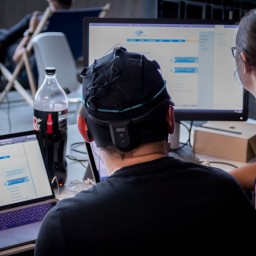 BR41N IO-Linz-2019-69
BR41N IO-Linz-2019-69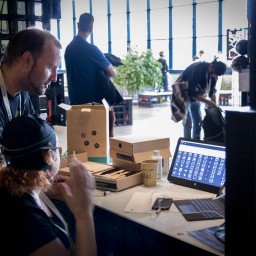 BR41N IO-Linz-2019-71
BR41N IO-Linz-2019-71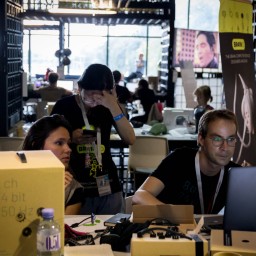 BR41N IO-Linz-2019-73
BR41N IO-Linz-2019-73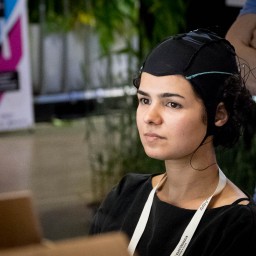 BR41N IO-Linz-2019-74
BR41N IO-Linz-2019-74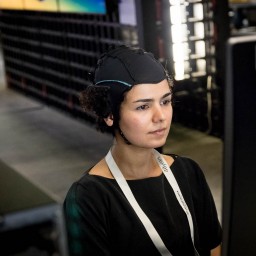 BR41N IO-Linz-2019-79
BR41N IO-Linz-2019-79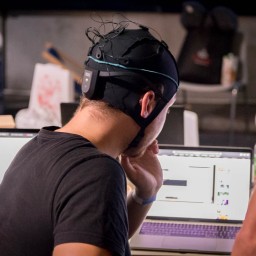 BR41N IO-Linz-2019-84
BR41N IO-Linz-2019-84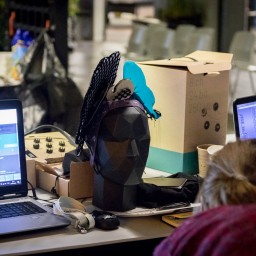 BR41N IO-Linz-2019-85
BR41N IO-Linz-2019-85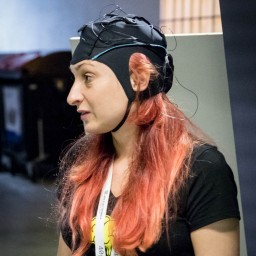 BR41N IO-Linz-2019-87
BR41N IO-Linz-2019-87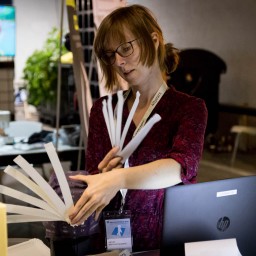 BR41N IO-Linz-2019-90
BR41N IO-Linz-2019-90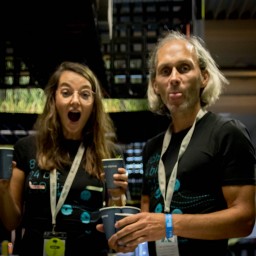 BR41N IO-Linz-2019-91
BR41N IO-Linz-2019-91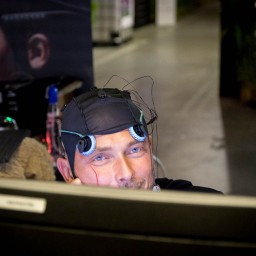 BR41N IO-Linz-2019-92
BR41N IO-Linz-2019-92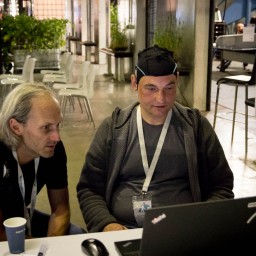 BR41N IO-Linz-2019-96
BR41N IO-Linz-2019-96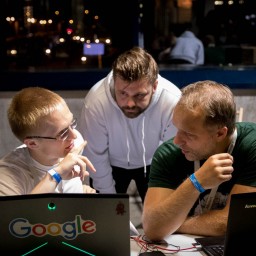 BR41N IO-Linz-2019-99
BR41N IO-Linz-2019-99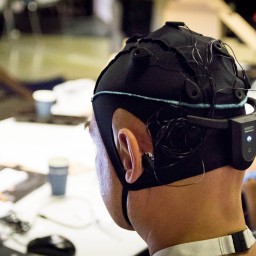 BR41N IO-Linz-2019-101
BR41N IO-Linz-2019-101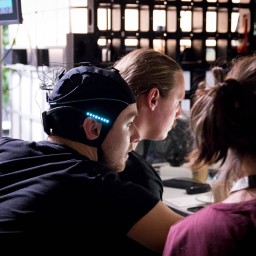 BR41N IO-Linz-2019-105
BR41N IO-Linz-2019-105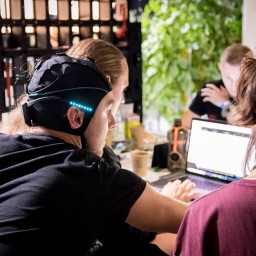 BR41N IO-Linz-2019-107
BR41N IO-Linz-2019-107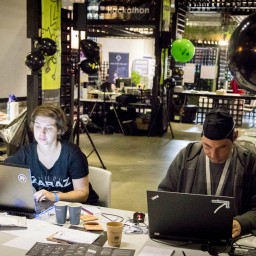 BR41N IO-Linz-2019-109
BR41N IO-Linz-2019-109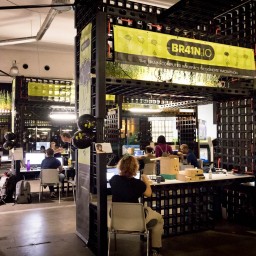 BR41N IO-Linz-2019-110
BR41N IO-Linz-2019-110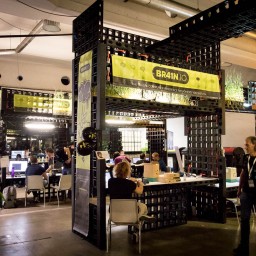 BR41N IO-Linz-2019-111
BR41N IO-Linz-2019-111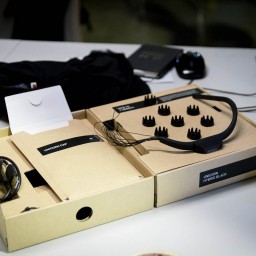 BR41N IO-Linz-2019-114
BR41N IO-Linz-2019-114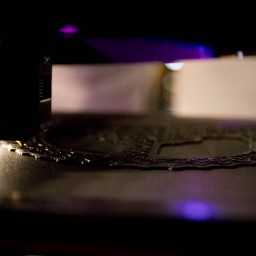 BR41N IO-Linz-2019-116
BR41N IO-Linz-2019-116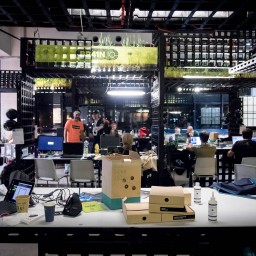 BR41N IO-Linz-2019-117
BR41N IO-Linz-2019-117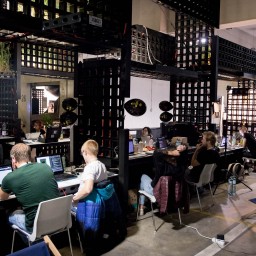 BR41N IO-Linz-2019-118
BR41N IO-Linz-2019-118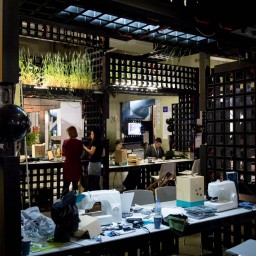 BR41N IO-Linz-2019-119
BR41N IO-Linz-2019-119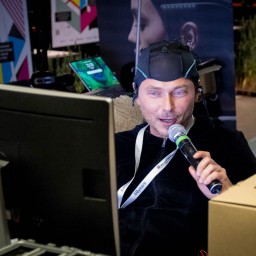 BR41N IO-Linz-2019-120
BR41N IO-Linz-2019-120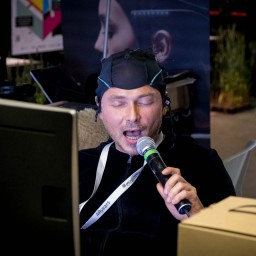 BR41N IO-Linz-2019-122
BR41N IO-Linz-2019-122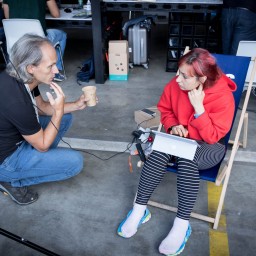 BR41N IO-Linz-2019-126
BR41N IO-Linz-2019-126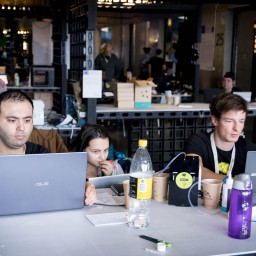 BR41N IO-Linz-2019-130
BR41N IO-Linz-2019-130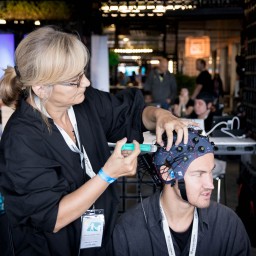 BR41N IO-Linz-2019-131
BR41N IO-Linz-2019-131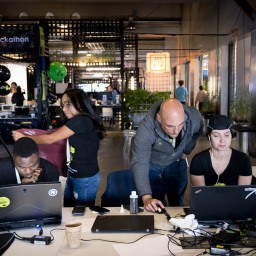 BR41N IO-Linz-2019-134
BR41N IO-Linz-2019-134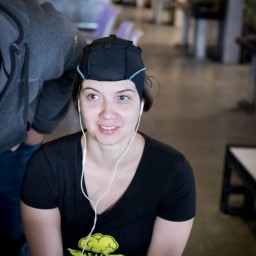 BR41N IO-Linz-2019-135
BR41N IO-Linz-2019-135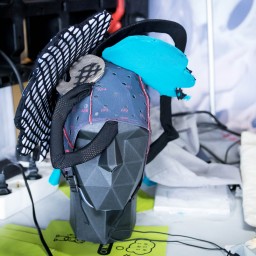 BR41N IO-Linz-2019-136
BR41N IO-Linz-2019-136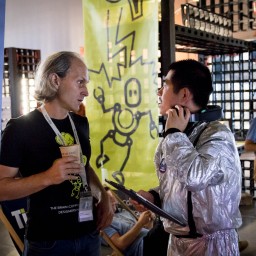 BR41N IO-Linz-2019-138
BR41N IO-Linz-2019-138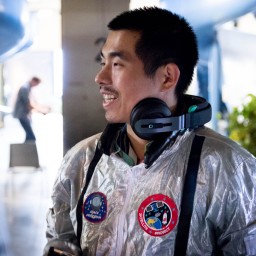
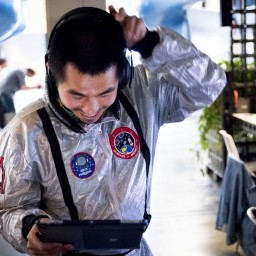 BR41N IO-Linz-2019-141
BR41N IO-Linz-2019-141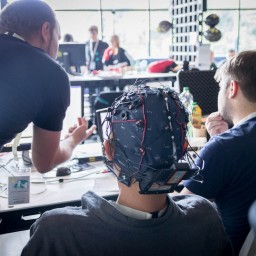 BR41N IO-Linz-2019-142
BR41N IO-Linz-2019-142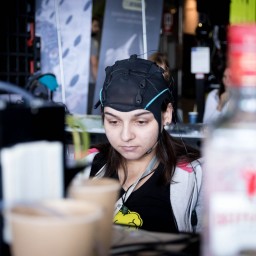 BR41N IO-Linz-2019-143
BR41N IO-Linz-2019-143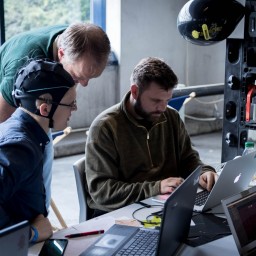 BR41N IO-Linz-2019-144
BR41N IO-Linz-2019-144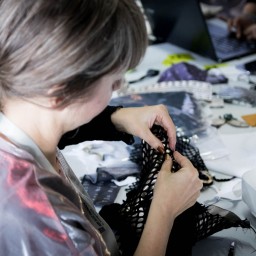 BR41N IO-Linz-2019-146
BR41N IO-Linz-2019-146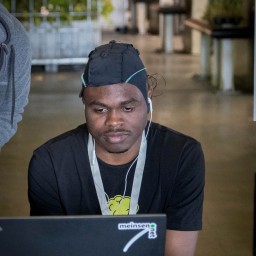 BR41N IO-Linz-2019-147
BR41N IO-Linz-2019-147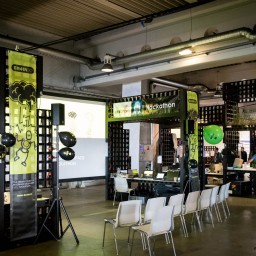 BR41N IO-Linz-2019-148
BR41N IO-Linz-2019-148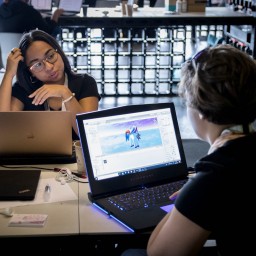 BR41N IO-Linz-2019-150
BR41N IO-Linz-2019-150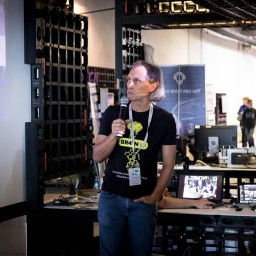 BR41N IO-Linz-2019-154
BR41N IO-Linz-2019-154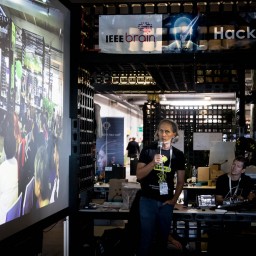 BR41N IO-Linz-2019-155
BR41N IO-Linz-2019-155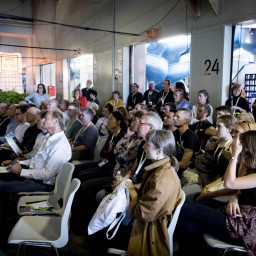 BR41N IO-Linz-2019-158
BR41N IO-Linz-2019-158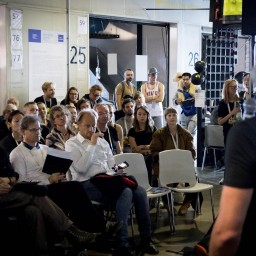 BR41N IO-Linz-2019-159
BR41N IO-Linz-2019-159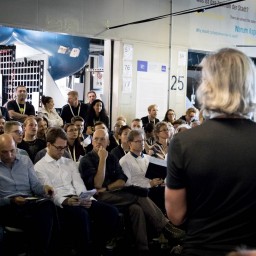 BR41N IO-Linz-2019-160
BR41N IO-Linz-2019-160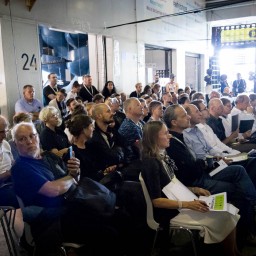 BR41N IO-Linz-2019-162
BR41N IO-Linz-2019-162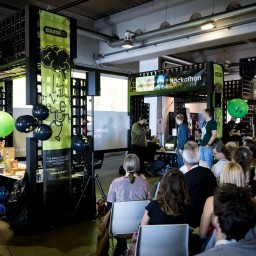 BR41N IO-Linz-2019-163
BR41N IO-Linz-2019-163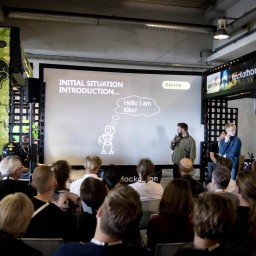 BR41N IO-Linz-2019-164
BR41N IO-Linz-2019-164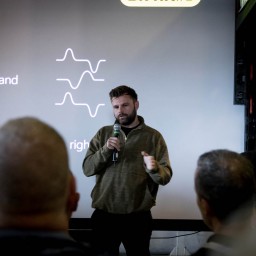 BR41N IO-Linz-2019-167
BR41N IO-Linz-2019-167 BR41N IO-Linz-2019-170
BR41N IO-Linz-2019-170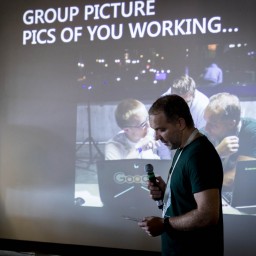 BR41N IO-Linz-2019-172
BR41N IO-Linz-2019-172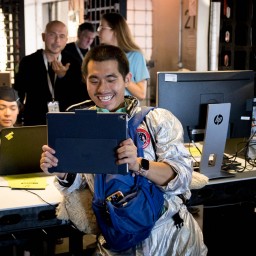 BR41N IO-Linz-2019-174
BR41N IO-Linz-2019-174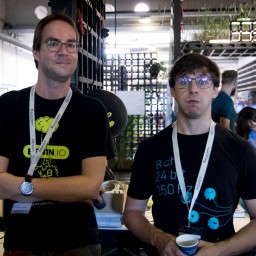 BR41N IO-Linz-2019-175
BR41N IO-Linz-2019-175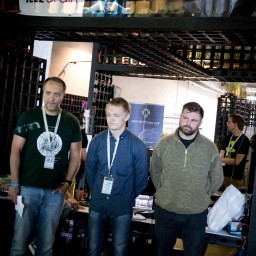 BR41N IO-Linz-2019-177
BR41N IO-Linz-2019-177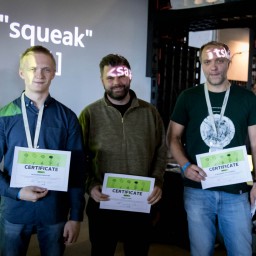 BR41N IO-Linz-2019-179
BR41N IO-Linz-2019-179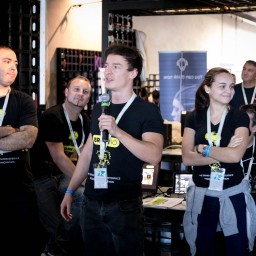 BR41N IO-Linz-2019-183
BR41N IO-Linz-2019-183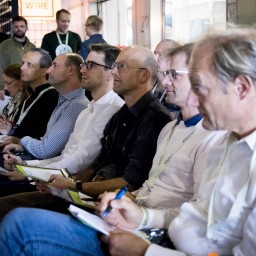 BR41N IO-Linz-2019-185
BR41N IO-Linz-2019-185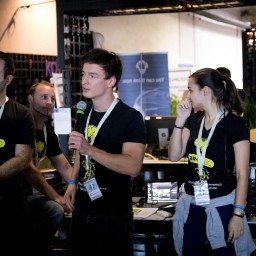 BR41N IO-Linz-2019-187
BR41N IO-Linz-2019-187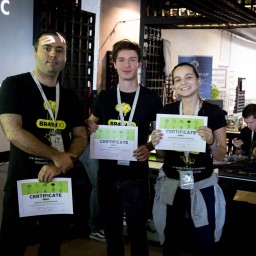 BR41N IO-Linz-2019-191
BR41N IO-Linz-2019-191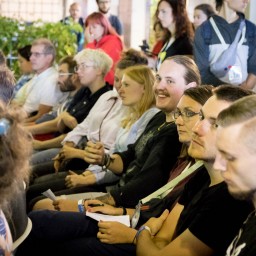 BR41N IO-Linz-2019-192
BR41N IO-Linz-2019-192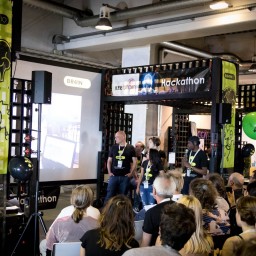 BR41N IO-Linz-2019-193
BR41N IO-Linz-2019-193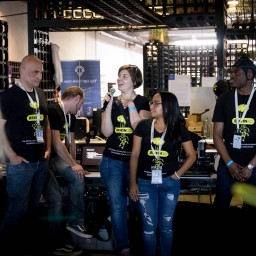 BR41N IO-Linz-2019-195
BR41N IO-Linz-2019-195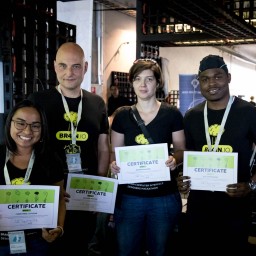 BR41N IO-Linz-2019-197
BR41N IO-Linz-2019-197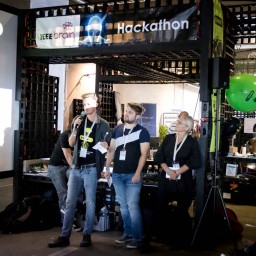 BR41N IO-Linz-2019-198
BR41N IO-Linz-2019-198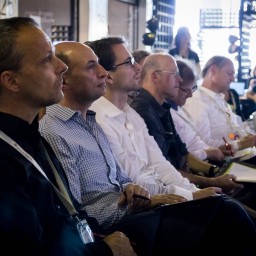 BR41N IO-Linz-2019-199
BR41N IO-Linz-2019-199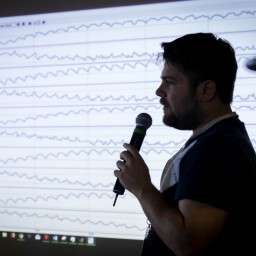 BR41N IO-Linz-2019-201
BR41N IO-Linz-2019-201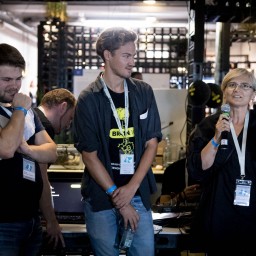 BR41N IO-Linz-2019-203
BR41N IO-Linz-2019-203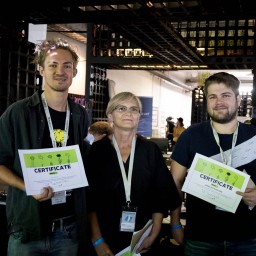 BR41N IO-Linz-2019-205
BR41N IO-Linz-2019-205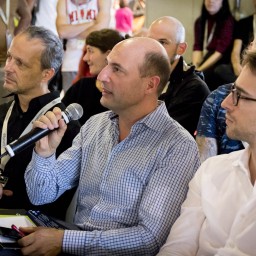 BR41N IO-Linz-2019-209
BR41N IO-Linz-2019-209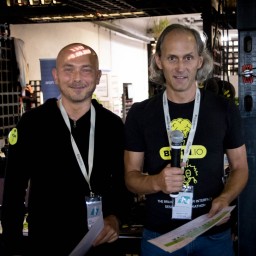 BR41N IO-Linz-2019-211
BR41N IO-Linz-2019-211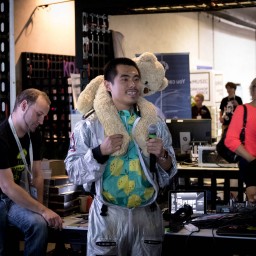 BR41N IO-Linz-2019-212
BR41N IO-Linz-2019-212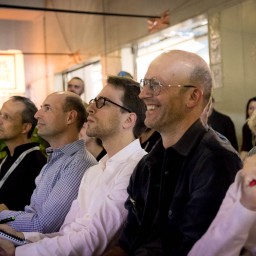 BR41N IO-Linz-2019-213
BR41N IO-Linz-2019-213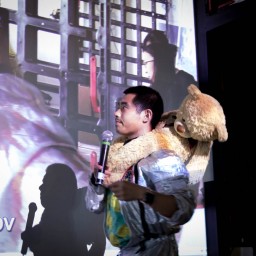 BR41N IO-Linz-2019-215
BR41N IO-Linz-2019-215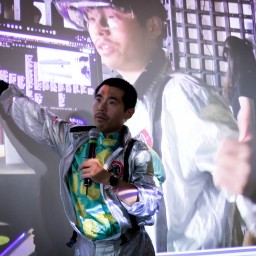 BR41N IO-Linz-2019-217
BR41N IO-Linz-2019-217 BR41N IO-Linz-2019-221
BR41N IO-Linz-2019-221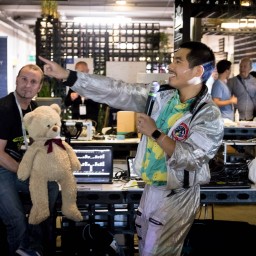 BR41N IO-Linz-2019-223
BR41N IO-Linz-2019-223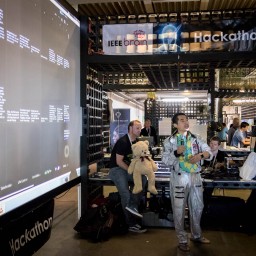 BR41N IO-Linz-2019-229
BR41N IO-Linz-2019-229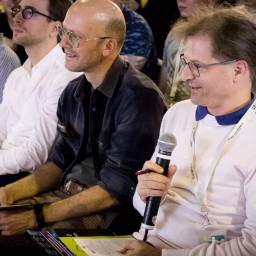 BR41N IO-Linz-2019-233
BR41N IO-Linz-2019-233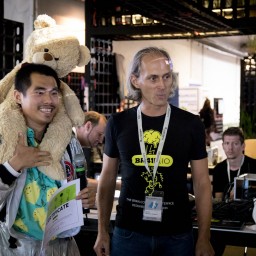 BR41N IO-Linz-2019-234
BR41N IO-Linz-2019-234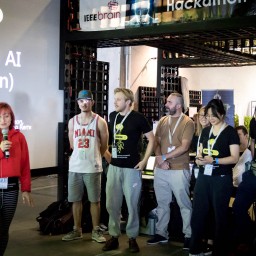
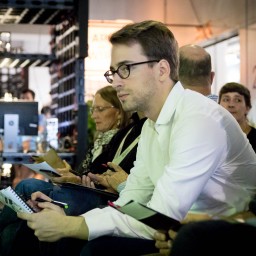 BR41N IO-Linz-2019-245
BR41N IO-Linz-2019-245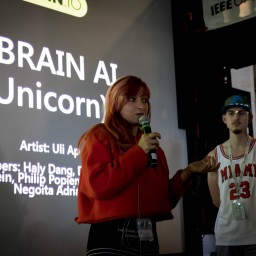 BR41N IO-Linz-2019-247
BR41N IO-Linz-2019-247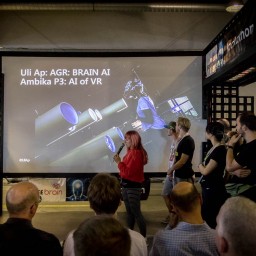 BR41N IO-Linz-2019-252
BR41N IO-Linz-2019-252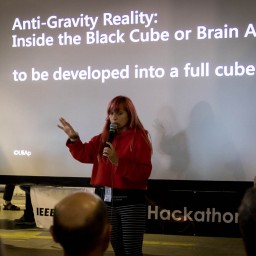 BR41N IO-Linz-2019-254
BR41N IO-Linz-2019-254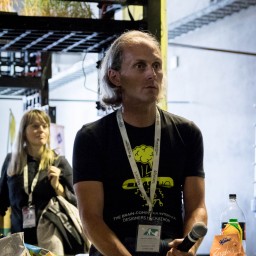
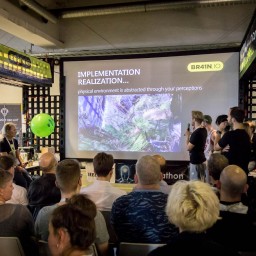 BR41N IO-Linz-2019-259
BR41N IO-Linz-2019-259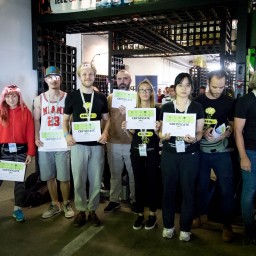 BR41N IO-Linz-2019-263
BR41N IO-Linz-2019-263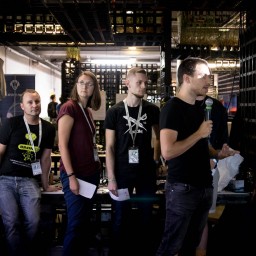 BR41N IO-Linz-2019-266
BR41N IO-Linz-2019-266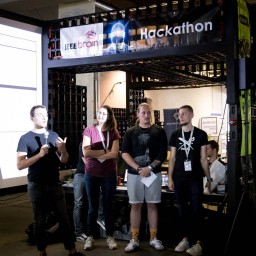 BR41N IO-Linz-2019-269
BR41N IO-Linz-2019-269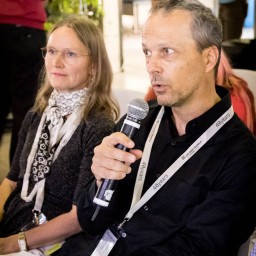 BR41N IO-Linz-2019-271
BR41N IO-Linz-2019-271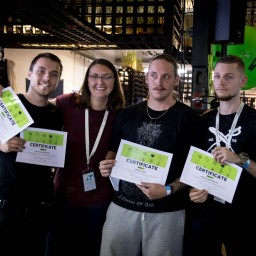 BR41N IO-Linz-2019-273
BR41N IO-Linz-2019-273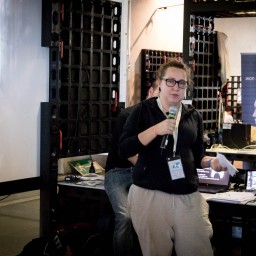 BR41N IO-Linz-2019-276
BR41N IO-Linz-2019-276 BR41N IO-Linz-2019-279
BR41N IO-Linz-2019-279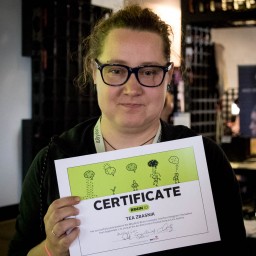 BR41N IO-Linz-2019-282
BR41N IO-Linz-2019-282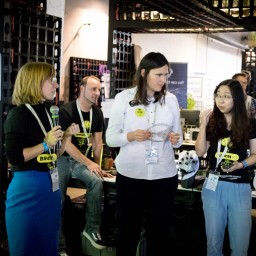 BR41N IO-Linz-2019-283
BR41N IO-Linz-2019-283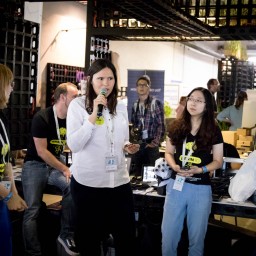 BR41N IO-Linz-2019-284
BR41N IO-Linz-2019-284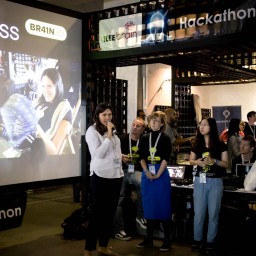 BR41N IO-Linz-2019-286
BR41N IO-Linz-2019-286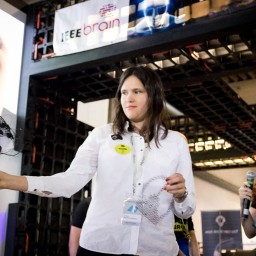 BR41N IO-Linz-2019-290
BR41N IO-Linz-2019-290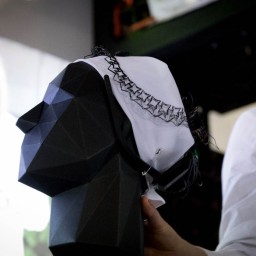 BR41N IO-Linz-2019-292
BR41N IO-Linz-2019-292 BR41N IO-Linz-2019-298
BR41N IO-Linz-2019-298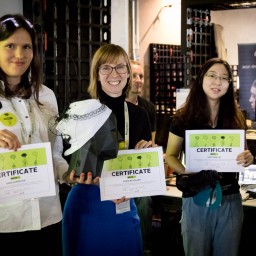 BR41N IO-Linz-2019-299
BR41N IO-Linz-2019-299 BR41N IO-Linz-2019-302
BR41N IO-Linz-2019-302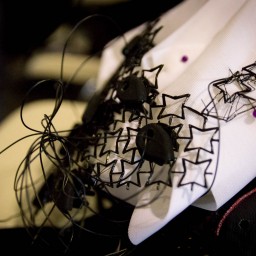 BR41N IO-Linz-2019-303
BR41N IO-Linz-2019-303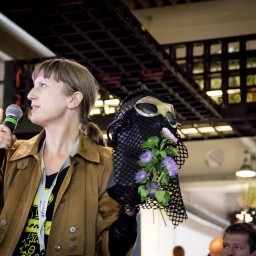 BR41N IO-Linz-2019-305
BR41N IO-Linz-2019-305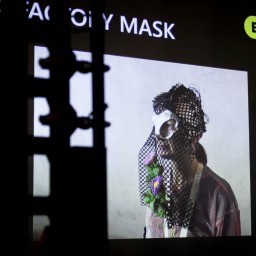 BR41N IO-Linz-2019-308
BR41N IO-Linz-2019-308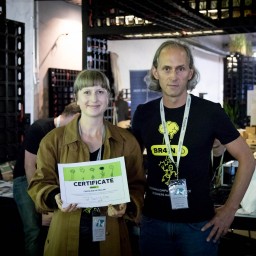 BR41N IO-Linz-2019-312
BR41N IO-Linz-2019-312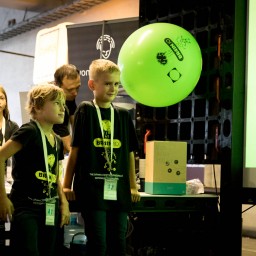 BR41N IO-Linz-2019-314
BR41N IO-Linz-2019-314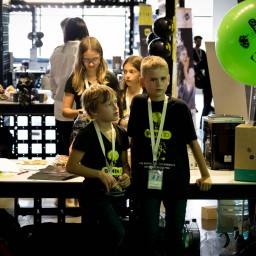 BR41N IO-Linz-2019-316
BR41N IO-Linz-2019-316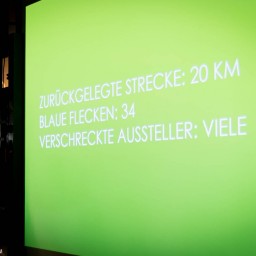 BR41N IO-Linz-2019-317
BR41N IO-Linz-2019-317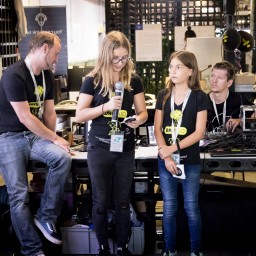 BR41N IO-Linz-2019-320
BR41N IO-Linz-2019-320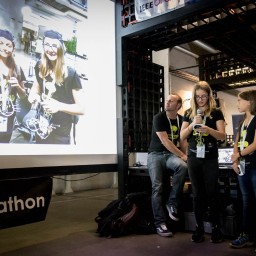 BR41N IO-Linz-2019-324
BR41N IO-Linz-2019-324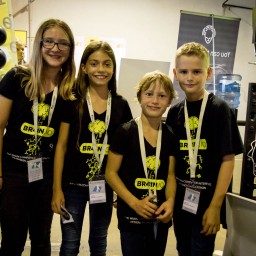 BR41N IO-Linz-2019-328
BR41N IO-Linz-2019-328 BR41N IO-Linz-2019-331
BR41N IO-Linz-2019-331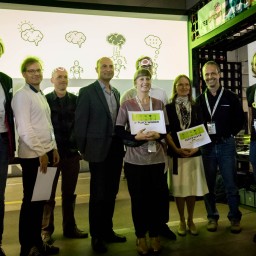 BR41N IO-Linz-2019-335
BR41N IO-Linz-2019-335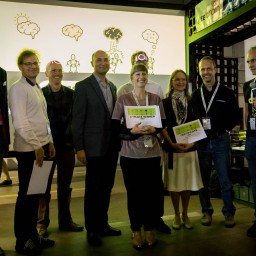 BR41N IO-Linz-2019-337
BR41N IO-Linz-2019-337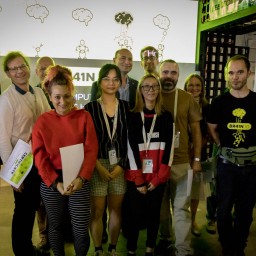 BR41N IO-Linz-2019-338
BR41N IO-Linz-2019-338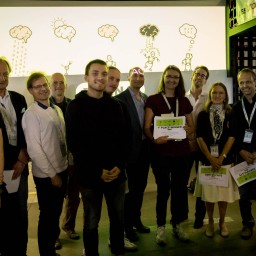 BR41N IO-Linz-2019-340
BR41N IO-Linz-2019-340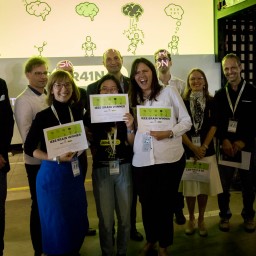 BR41N IO-Linz-2019-345
BR41N IO-Linz-2019-345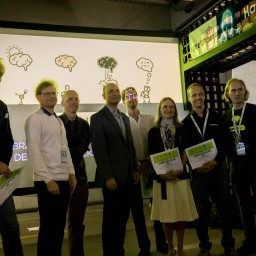 BR41N IO-Linz-2019-349
BR41N IO-Linz-2019-349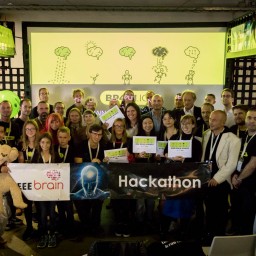 BR41N IO-Linz-2019-350
BR41N IO-Linz-2019-350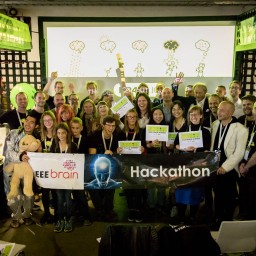 BR41N IO-Linz-2019-355
BR41N IO-Linz-2019-355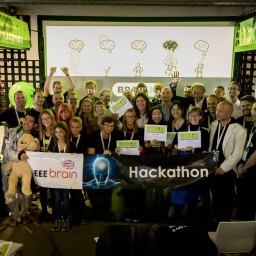 BR41N IO-Linz-2019-356
BR41N IO-Linz-2019-356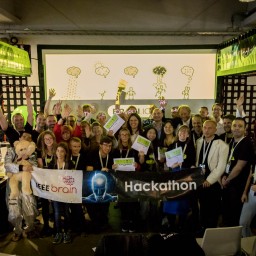 BR41N IO-Linz-2019-358
BR41N IO-Linz-2019-358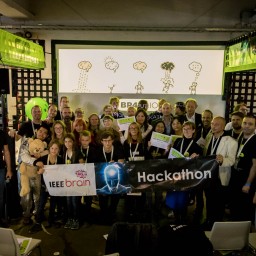 BR41N IO-Linz-2019-366
BR41N IO-Linz-2019-366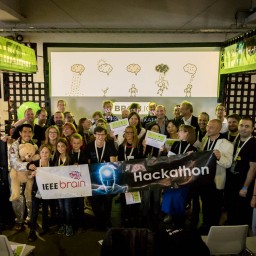 BR41N IO-Linz-2019-370
BR41N IO-Linz-2019-370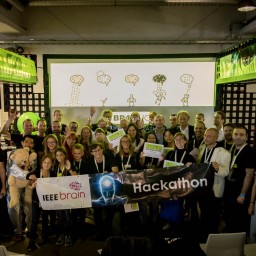 BR41N IO-Linz-2019-372
BR41N IO-Linz-2019-372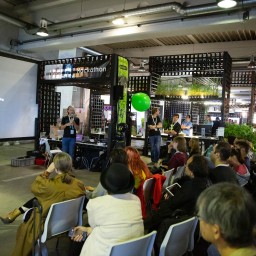 BR41N IO-Linz-2019%28c%29Tom%20Mesic-2
BR41N IO-Linz-2019%28c%29Tom%20Mesic-2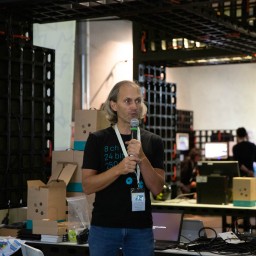 BR41N IO-Linz-2019%28c%29Tom%20Mesic-3
BR41N IO-Linz-2019%28c%29Tom%20Mesic-3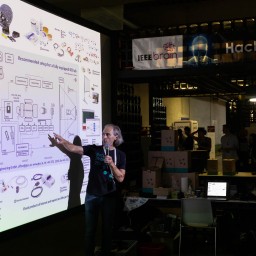 BR41N IO-Linz-2019%28c%29Tom%20Mesic-4
BR41N IO-Linz-2019%28c%29Tom%20Mesic-4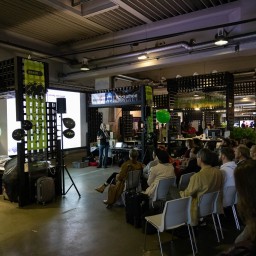 BR41N IO-Linz-2019%28c%29Tom%20Mesic-5
BR41N IO-Linz-2019%28c%29Tom%20Mesic-5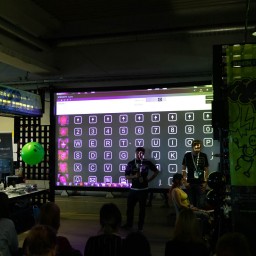 BR41N IO-Linz-2019%28c%29Tom%20Mesic-6
BR41N IO-Linz-2019%28c%29Tom%20Mesic-6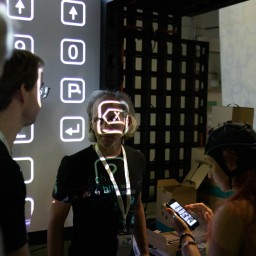 BR41N IO-Linz-2019%28c%29Tom%20Mesic-7
BR41N IO-Linz-2019%28c%29Tom%20Mesic-7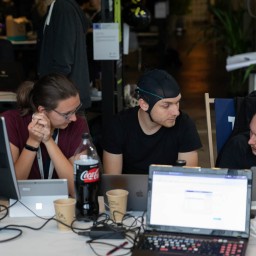 BR41N IO-Linz-2019%28c%29Tom%20Mesic-9
BR41N IO-Linz-2019%28c%29Tom%20Mesic-9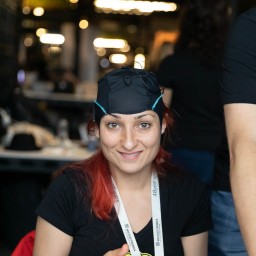 BR41N IO-Linz-2019%28c%29Tom%20Mesic-10
BR41N IO-Linz-2019%28c%29Tom%20Mesic-10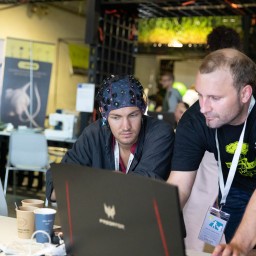 BR41N IO-Linz-2019%28c%29Tom%20Mesic-11
BR41N IO-Linz-2019%28c%29Tom%20Mesic-11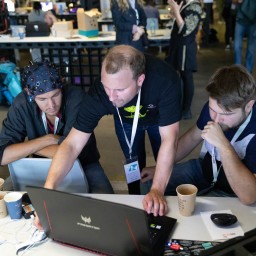 BR41N IO-Linz-2019%28c%29Tom%20Mesic-12
BR41N IO-Linz-2019%28c%29Tom%20Mesic-12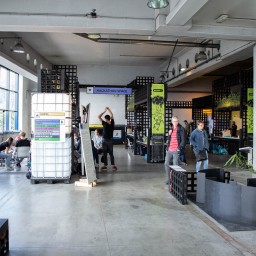 BR41N IO-Linz-2019%28c%29Tom%20Mesic-13
BR41N IO-Linz-2019%28c%29Tom%20Mesic-13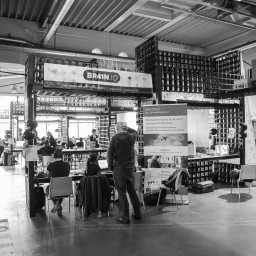 BR41N IO-Linz-2019%28c%29Tom%20Mesic-14
BR41N IO-Linz-2019%28c%29Tom%20Mesic-14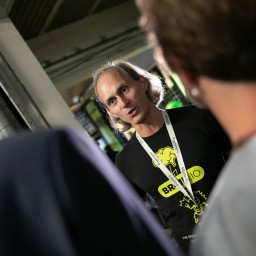 BR41N IO-Linz-2019%28c%29Tom%20Mesic-15
BR41N IO-Linz-2019%28c%29Tom%20Mesic-15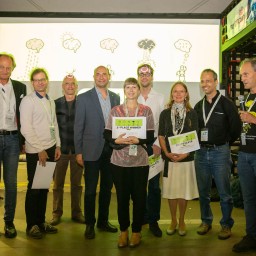 BR41N IO-Linz-2019%28c%29Tom%20Mesic-16
BR41N IO-Linz-2019%28c%29Tom%20Mesic-16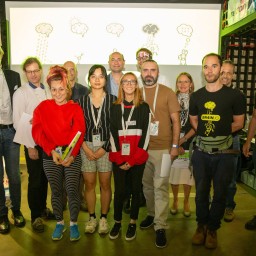 BR41N IO-Linz-2019%28c%29Tom%20Mesic-17
BR41N IO-Linz-2019%28c%29Tom%20Mesic-17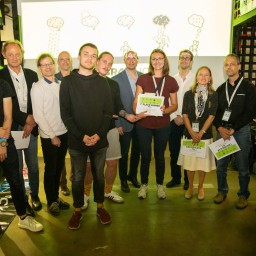 BR41N IO-Linz-2019%28c%29Tom%20Mesic-18
BR41N IO-Linz-2019%28c%29Tom%20Mesic-18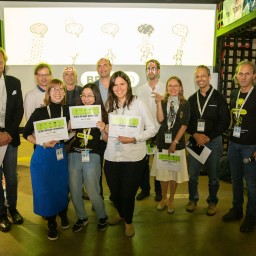 BR41N IO-Linz-2019%28c%29Tom%20Mesic-19
BR41N IO-Linz-2019%28c%29Tom%20Mesic-19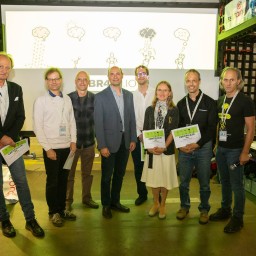 BR41N IO-Linz-2019%28c%29Tom%20Mesic-20
BR41N IO-Linz-2019%28c%29Tom%20Mesic-20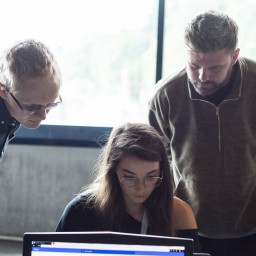 br41n io%20Linz%202019
br41n io%20Linz%202019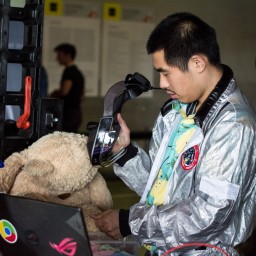 br41n io%20Linz%202019-2
br41n io%20Linz%202019-2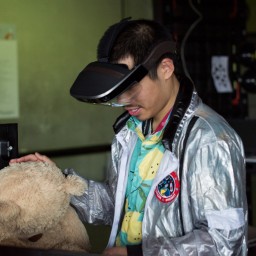 br41n io%20Linz%202019-3
br41n io%20Linz%202019-3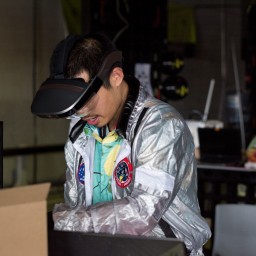 br41n io%20Linz%202019-4
br41n io%20Linz%202019-4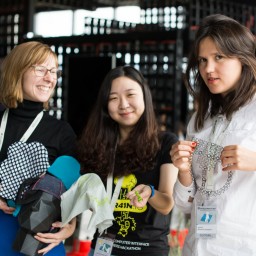 br41n io%20Linz%202019-5
br41n io%20Linz%202019-5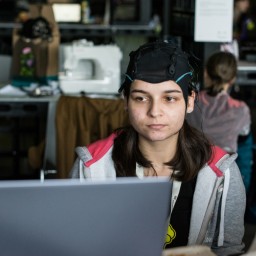 br41n io%20Linz%202019-6
br41n io%20Linz%202019-6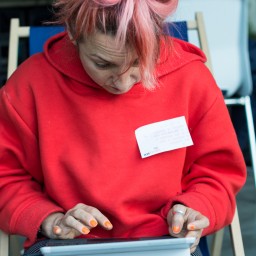 br41n io%20Linz%202019-7
br41n io%20Linz%202019-7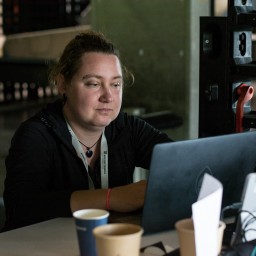 br41n io%20Linz%202019-8
br41n io%20Linz%202019-8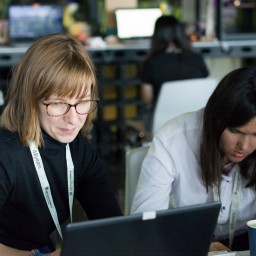 br41n io%20Linz%202019-9
br41n io%20Linz%202019-9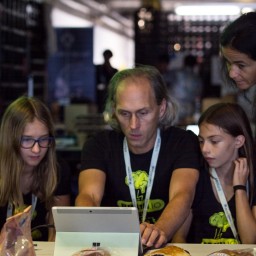 br41n io%20Linz%202019-10
br41n io%20Linz%202019-10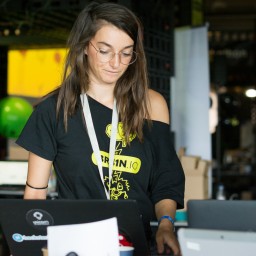 br41n io%20Linz%202019-11
br41n io%20Linz%202019-11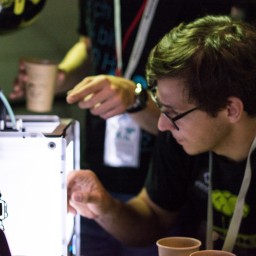 br41n io%20Linz%202019-12
br41n io%20Linz%202019-12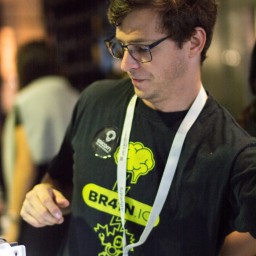 br41n io%20Linz%202019-13
br41n io%20Linz%202019-13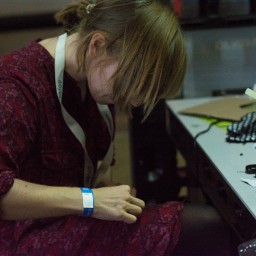 br41n io%20Linz%202019-14
br41n io%20Linz%202019-14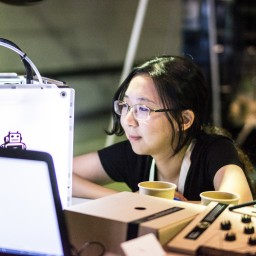 br41n io%20Linz%202019-15
br41n io%20Linz%202019-15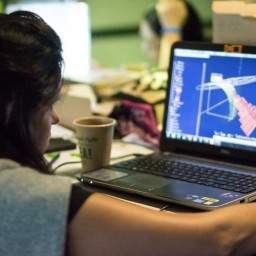 br41n io%20Linz%202019-16
br41n io%20Linz%202019-16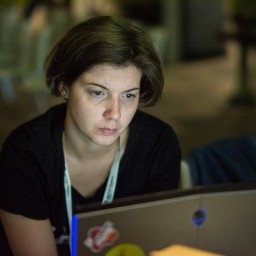 br41n io%20Linz%202019-17
br41n io%20Linz%202019-17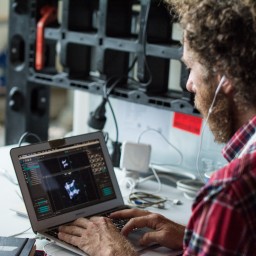 br41n io%20Linz%202019-18
br41n io%20Linz%202019-18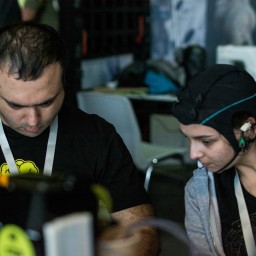 br41n io%20Linz%202019-19
br41n io%20Linz%202019-19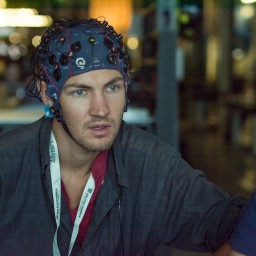 br41n io%20Linz%202019-20
br41n io%20Linz%202019-20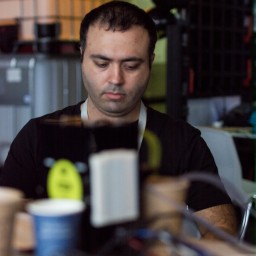 br41n io%20Linz%202019-21
br41n io%20Linz%202019-21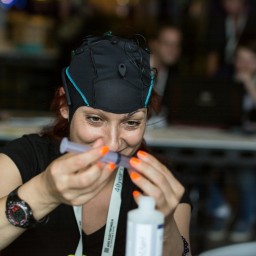 br41n io%20Linz%202019-22
br41n io%20Linz%202019-22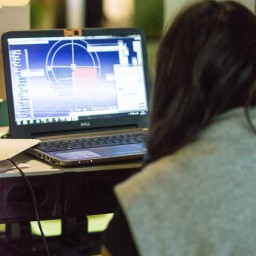 br41n io%20Linz%202019-23
br41n io%20Linz%202019-23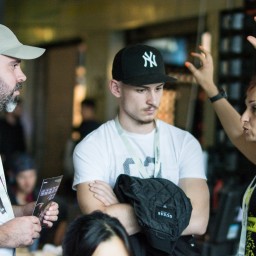 br41n io%20Linz%202019-24
br41n io%20Linz%202019-24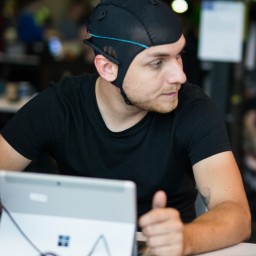 br41n io%20Linz%202019-25
br41n io%20Linz%202019-25 br41n io%20Linz%202019-26
br41n io%20Linz%202019-26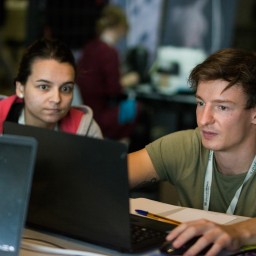 br41n io%20Linz%202019-27
br41n io%20Linz%202019-27 br41n io%20Linz%202019-28
br41n io%20Linz%202019-28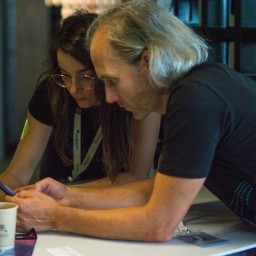 br41n io%20Linz%202019-29
br41n io%20Linz%202019-29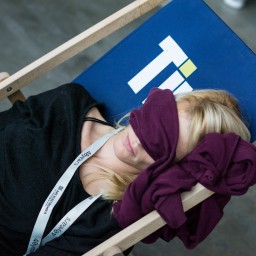 br41n io%20Linz%202019-30
br41n io%20Linz%202019-30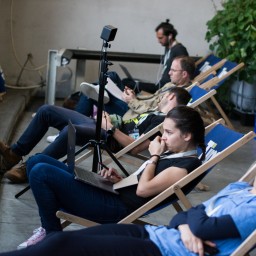 br41n io%20Linz%202019-31
br41n io%20Linz%202019-31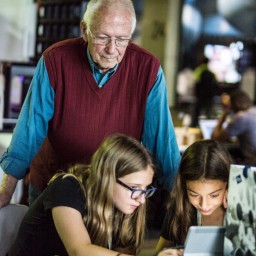 br41n io%20Linz%202019-32
br41n io%20Linz%202019-32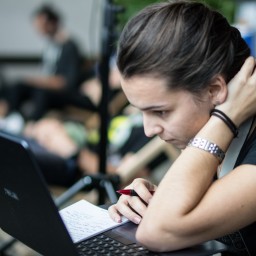 br41n io%20Linz%202019-33
br41n io%20Linz%202019-33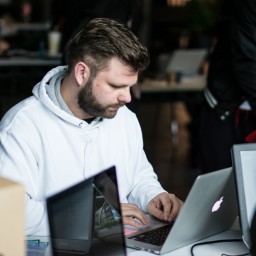 br41n io%20Linz%202019-34
br41n io%20Linz%202019-34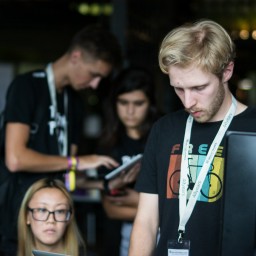 br41n io%20Linz%202019-35
br41n io%20Linz%202019-35 br41n io%20Linz%202019-36
br41n io%20Linz%202019-36 br41n io%20Linz%202019-37
br41n io%20Linz%202019-37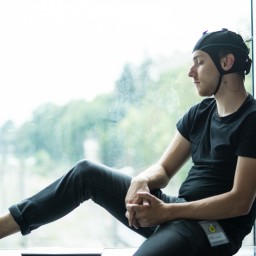 br41n io%20Linz%202019-38
br41n io%20Linz%202019-38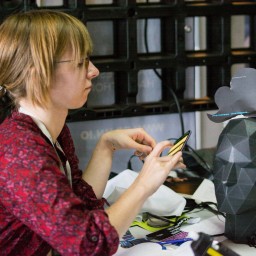 br41n io%20Linz%202019-39
br41n io%20Linz%202019-39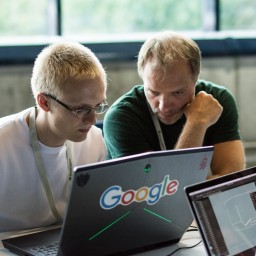 br41n io%20Linz%202019-40
br41n io%20Linz%202019-40 br41n io%20Linz%202019-41
br41n io%20Linz%202019-41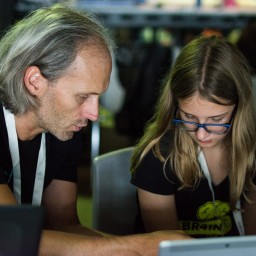 br41n io%20Linz%202019-42
br41n io%20Linz%202019-42













